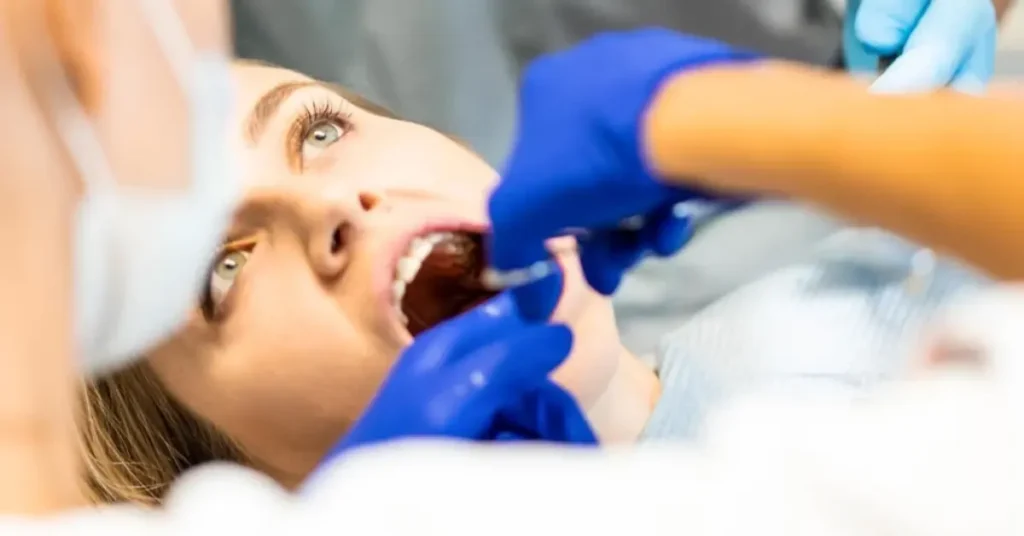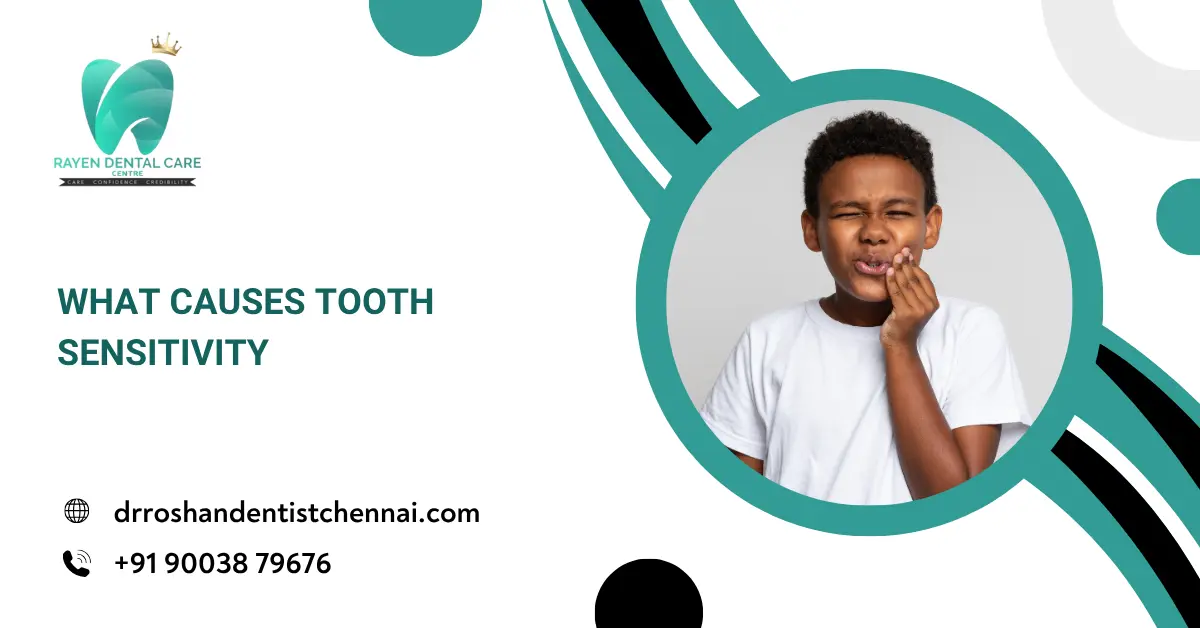Occlusal adjustment, also known as bite adjustment, is a dental procedure aimed at correcting the alignment of the teeth and jaw to ensure a proper bite. Misalignment can lead to numerous oral health issues, including tooth wear, jaw pain, headaches, and temporomandibular joint (TMJ) disorders. Both children and adults can benefit significantly from occlusal adjustments, which alleviate discomfort and enhance overall oral function. Early identification and correction in children prevent long-term complications, while adults benefit through relief from chronic discomfort and improved oral health. By ensuring that the teeth meet properly, occlusal adjustment contributes to optimal chewing efficiency, speech clarity, and aesthetic appeal.
Bite Alignment Correction
Proper bite alignment is crucial for maintaining oral health and preventing future dental complications. Bite misalignment can occur due to genetics, injury, or habits like thumb sucking in children. In adults, prolonged untreated misalignment may lead to significant dental deterioration.
- Early Intervention for Children: Early correction helps prevent long-term orthodontic problems and promotes optimal oral development. Treatments such as orthodontics or minor reshaping guide teeth into correct positions, minimizing future dental issues. Addressing misalignment early also boosts self-esteem, ensuring children smile confidently and experience improved oral hygiene.
- Adult Bite Alignment: Adults benefit from alignment correction by reducing ongoing oral pain and preventing accelerated tooth wear and damage. Techniques such as dental reshaping, crowns, or orthodontics restore functionality, alleviating discomfort. Proper alignment enhances chewing efficiency, speech clarity, and preserves overall dental health.
Occlusal Bite Adjustment
Occlusal bite adjustment involves reshaping the biting surfaces of the teeth to achieve optimal contact and function. Misaligned bites can cause discomfort, tooth sensitivity, and uneven tooth wear in both children and adults.
- Adjustment Techniques for Children: Children’s teeth can often be reshaped gently, correcting minor misalignments and facilitating normal dental and jaw development. Pediatric dentists frequently utilize minimal grinding or dental restorations to refine bite patterns, promoting healthy oral growth. Regular follow-ups ensure ongoing dental health, comfort, and early detection of potential issues.
- Procedures for Adults: Adults experiencing bite misalignment may require more extensive procedures such as selective tooth reshaping or dental restorations. Dentists meticulously adjust tooth surfaces to distribute bite pressure evenly, alleviating chronic discomfort and enhancing oral function. Properly adjusted bites significantly reduce tooth wear, tooth sensitivity, and preserve long-term oral health.
Teeth Grinding Treatment
Teeth grinding, or bruxism, is common among children and adults, often related to stress or bite misalignment. It can result in worn-down teeth, jaw discomfort, and increased sensitivity.
- Management in Children: Children often outgrow teeth grinding; however, persistent cases may need intervention to prevent permanent tooth damage. Pediatric dentists may recommend custom mouthguards to protect teeth during sleep. Behavioral modifications, such as stress management, relaxation techniques, and bedtime routines, significantly reduce grinding episodes.
- Adult Bruxism Treatments: Adults commonly experience severe bruxism, leading to extensive tooth damage and jaw complications. Customized night guards protect teeth by cushioning grinding forces, significantly reducing wear and tear. Additionally, stress-relief therapies, lifestyle modifications, and relaxation exercises often prove beneficial in managing and reducing grinding behaviors.
Jaw Misalignment Fix
Jaw misalignment affects oral functionality, causing speech difficulties, chewing problems, and chronic discomfort. Both children and adults experience significant improvements following appropriate treatments.
- Treatments for Children: Early intervention is vital for children, often involving orthodontic appliances to correct jaw growth patterns and ensure proper dental alignment. Functional orthodontic treatments guide developing jaws, improving alignment, speech clarity, and preventing future complications. Consistent monitoring ensures effective outcomes, healthy jaw development, and long-term oral health.
- Adult Jaw Realignment: Adults may require advanced orthodontic treatments or surgical interventions to address severe jaw misalignment effectively. Treatments like braces, clear aligners, or corrective jaw surgery realign the jaw, restoring function, enhancing appearance, and alleviating discomfort. Addressing misalignment significantly improves overall quality of life, oral health, and speech clarity.
TMJ Bite Correction
Temporomandibular joint (TMJ) disorders frequently arise from bite misalignment, causing chronic jaw pain, headaches, and restricted jaw movement. TMJ bite correction treatments alleviate symptoms and restore normal function.
- TMJ Correction in Children: Pediatric TMJ issues typically respond well to conservative treatments. Customized bite splints or orthodontic interventions correct underlying misalignments, reducing discomfort, improving jaw function, and promoting normal growth patterns. Early treatment minimizes potential progression into chronic TMJ disorders and ensures better long-term oral health.
- Adult TMJ Treatments: Adults experiencing chronic TMJ discomfort benefit from specialized treatments such as custom occlusal splints, orthodontics, or selective dental adjustments. Properly aligned bites relieve stress on the TMJ, reducing pain, enhancing jaw mobility, and restoring normal jaw movement. Ongoing management ensures sustained relief, improved sleep quality, and enhanced oral comfort.
Conclusion
Occlusal adjustment is essential for maintaining oral health and preventing severe dental issues. Both children and adults benefit significantly from bite correction, enhancing comfort, functionality, and overall oral health. At Rayen’s Dental Clinic, we provide expert occlusal adjustments tailored to each patient’s specific needs. Our professional team utilizes advanced techniques to ensure precise corrections, delivering lasting relief from discomfort and improved oral functionality. Whether addressing minor misalignments in children or complex TMJ disorders in adults, our commitment remains focused on exceptional dental care. Experience enhanced comfort, improved oral function, and increased confidence with professional occlusal adjustments at Rayen’s Dental Clinic.
Read also: Nightguards for TMJ & Bruxism





